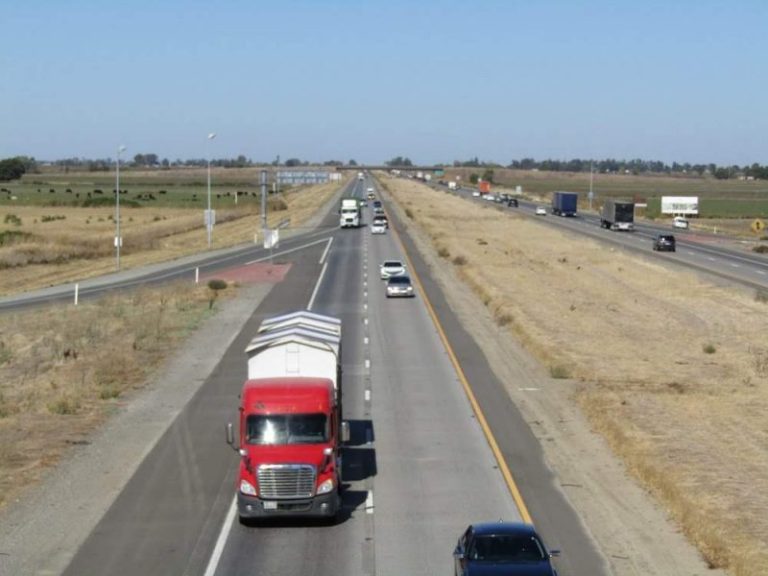Understanding The Difference Between Dry Drowning And Secondary Drowning
Drowning can take place both in the water and outside of the water. While it isn’t common for drowning accidents to take place outside of the water, it does happen. The good news is that these tragic accidents can be avoided. Keep reading to learn more about dry and secondary drowning.
Dry Drowning Versus Secondary Drowning
When water is inhaled by the nose or by the mouth it will irritate the airways, resulting in spasms. This type of situation can happen in or outside of a body of water, like a pool. The reflex of the spasm closes the vocal cords and cuts the liquid off from entering the lungs. Because the water doesn’t enter the lungs, this type of drowning is considered “dry drowning.”
The vocal cords are so irritated that they do not relax. As a result, they not only prevent liquid from entering the lungs but they also prevent air from entering the lungs. This closure causes suffocation and ultimately death.
Secondary drowning, also known as delayed drowning, has the exact opposite effect. Water that is inhaled goes directly into the lungs. The tissues swell and become inflamed. The alveoli, or the tiny air sacs, are also inflamed which stop the oxygen from entering the bloodstream.
The cut off of oxygen passage causes the victim to die. The results of secondary drowning don’t always take place right after water is taken in. It can take as long as a couple of days after to take effect.
Dry And Secondary Drowning
- Persistent coughing
- Choking
- Lethargy
- Vomiting
- Irritability/ mood swings
- Labored breathing
When any of these signs are present, do not delay in contacting medical assistance immediately. Timing is critical and every moment counts. Unfortunately, drowning is a serious concern for children. It is a leading cause of unintentional childhood deaths in the United States. The ages 1 through 4 are the highest risk group for drowning. This is the critical time where children are moving about and, as curious individuals, they will test their surroundings. It is important to ensure their surroundings are safe and they are well supervised.
Finding An Arizona Drowning Accident Attorney
 Pools, spa, amusement parks are all high-risk areas for children or any individual to suffer drowning. If one of your loved ones suffered a drowning accident where they sustained injuries or lost their life they life it is important you seek the advice and guidance of an Arizona premise liability attorneys from ELG. Even in public pools where lifeguards are present can still pose a risk for drowning especially for little ones. Our team of Arizona personal injury lawyers will guide you through the claims process with a quick pace and plenty of compassion.
Pools, spa, amusement parks are all high-risk areas for children or any individual to suffer drowning. If one of your loved ones suffered a drowning accident where they sustained injuries or lost their life they life it is important you seek the advice and guidance of an Arizona premise liability attorneys from ELG. Even in public pools where lifeguards are present can still pose a risk for drowning especially for little ones. Our team of Arizona personal injury lawyers will guide you through the claims process with a quick pace and plenty of compassion.
Don’t wait to call either our Phoenix or Mesa offices to set up a free consultation with one of our knowledgeable Phoenix serious injury attorneys today at (623) 321-0566. We are here to discuss your accident experience with you, examine your case, and advise you on your options and the best path forward to seek the compensation you need and deserve.
Law News Feed
All NewsWho Is Liable for Damages After a Truck Accident?
According to information from the National Highway Traffic Safety Association, more than 2,500 truck accidents occur each year in Arizona. It goes without sayin…
Common Injuries After a Motorcycle Accident
Motorcycle accidents kill or severely injure individuals more frequently than any other type of crash, resulting in immense amounts of suffering and financial d…

